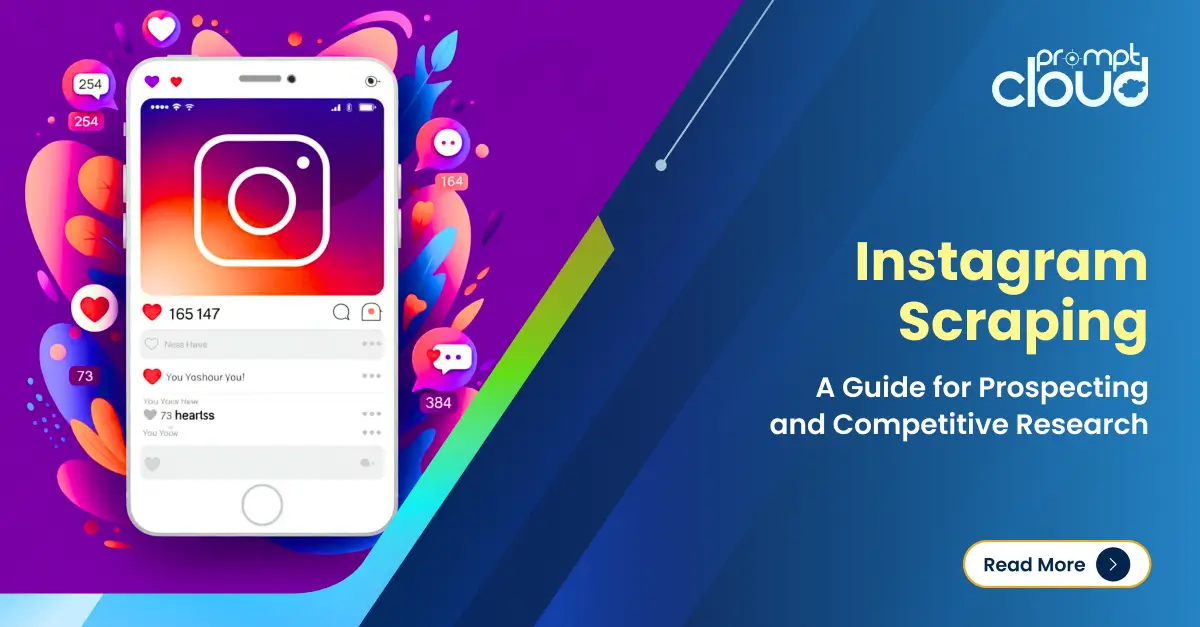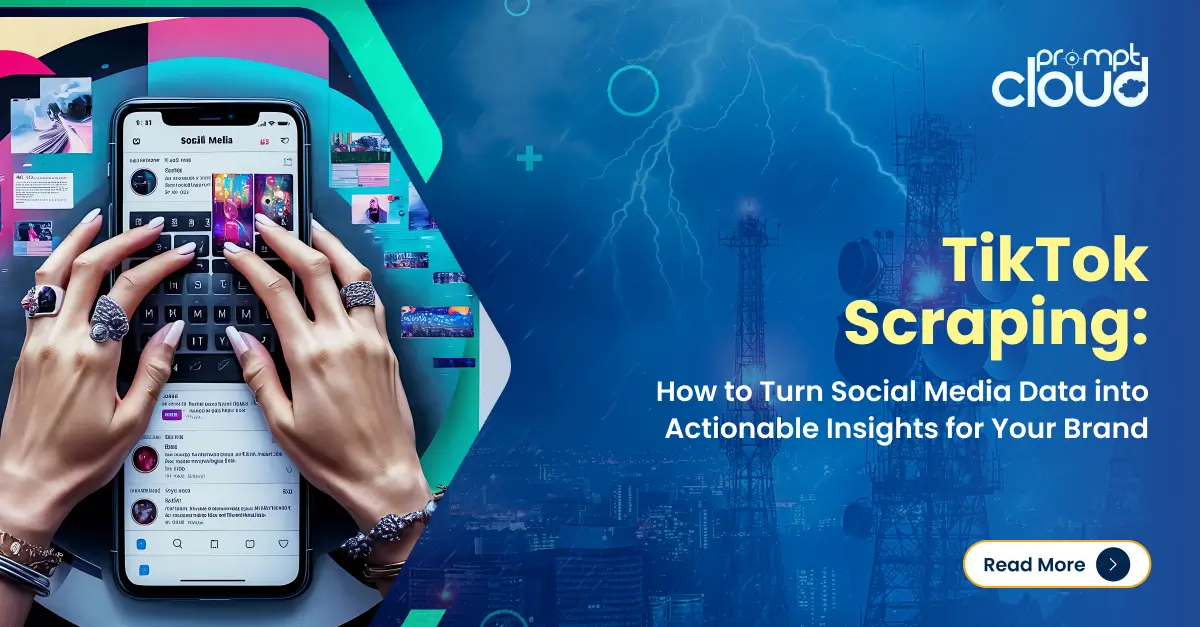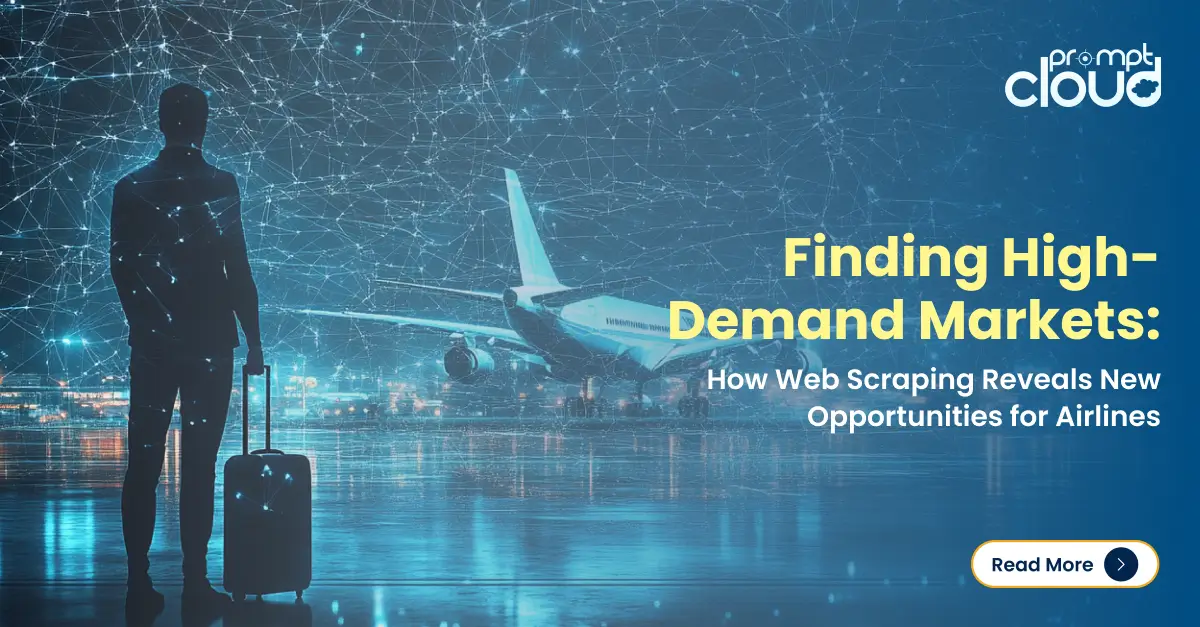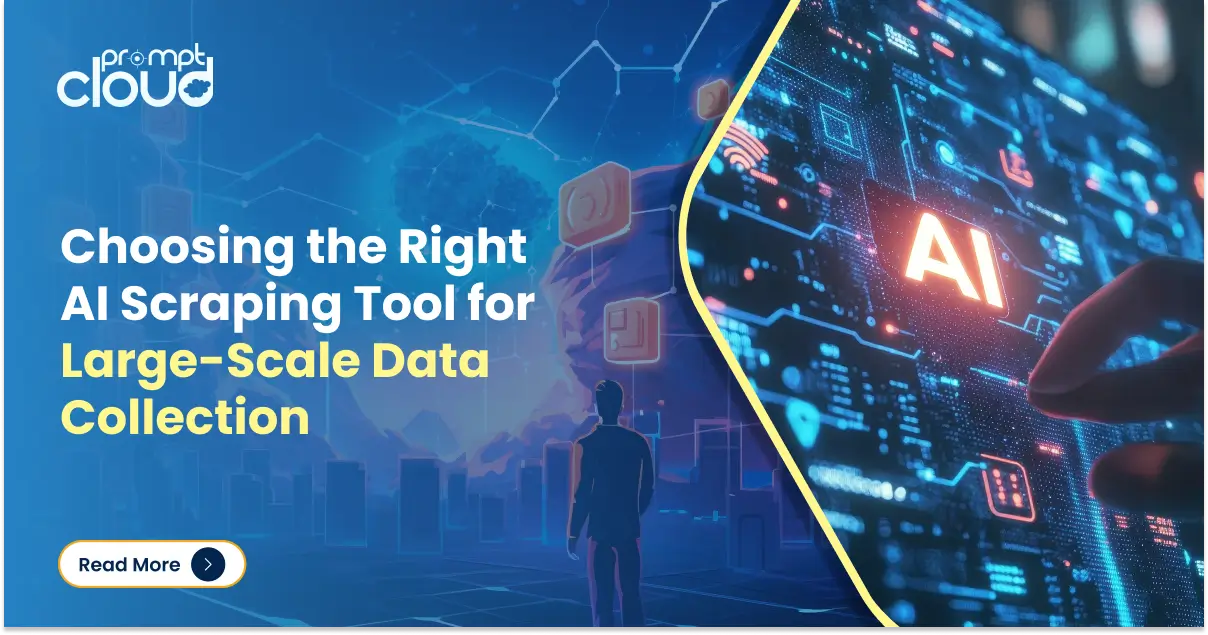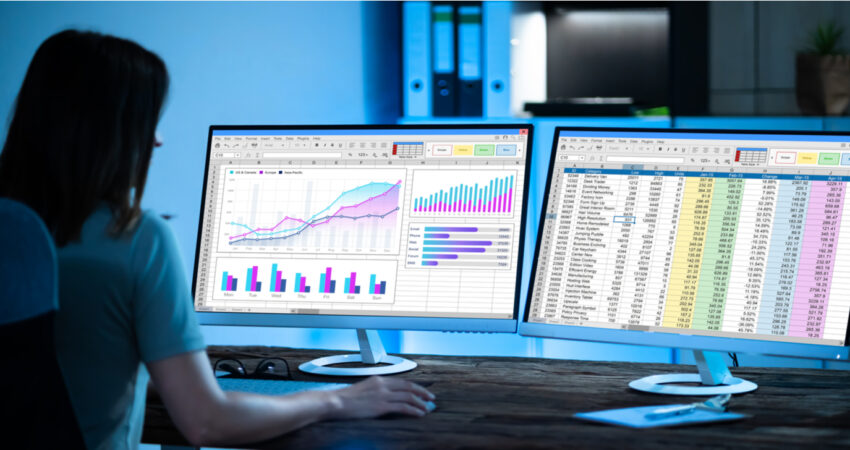
Data Science is a field that has grown beyond leaps and bounds, just like man-made and machine-created data itself. It has led to the growth in the number of individuals from different fields like mathematics and bioscience, taking up data as a tool for solving problems. Algorithms have gone far beyond handling numbers and texts. Today, they process almost any data format such as images, videos, and audio. This has given companies access to a wider range of unstructured data. Data sources have also grown, and today social media data is one of the key sources for many companies trying to profile individuals. All this is on top of the already exponentially growing structured data.
The most Famous Data Scientists who walked on Earth
There have been massive discoveries in data science and we can expect more in the upcoming days. We are at a juncture where revolutionary discoveries in data science are taking place and are being used to solve real-life problems. It would be worthwhile to look at some of the biggest discoveries and findings since the beginning.
Alan Turing
Alan Turing is possibly one of the most famous data scientists to have existed. He is considered the father of artificial intelligence as well as theoretical computer science.
He has become a popular name through the movie- “The Imitation Game”. However, his invention of Bombe, the electromechanical device used to break Enigma (the German cypher device from World War II) was not his only discovery. His research work led to the creation of the first-ever machine that could calculate entire mathematical scenarios. The pilot model of the machine had a clock speed of 1MHz- the fastest computer of the time. During the cold war, his research was even used to calculate aircraft movements.
He also created the Turing Test– a set of rules to determine if a computer can think and act like a human. Based on how closely a machine can imitate a human, the pass percentage is calculated. We use many variations of the test today, the most common one being Captcha. Captcha is a reverse Turing test where humans need to prove that they are not a machine.
Alex Krizhevsky
The year 2012 proved to be vital for deep learning (a branch of machine learning where artificial neural networks are used to extract features from big data). Krizhevsky empowered neural networks to levels never seen before. He founded “Alexnet”, an algorithm that reduced the error rates for the Imagenet competition to half (almost 15%). The ImageNet Challenge is where individuals need to classify millions of objects across hundreds of categories.
His algorithm could detect cats with almost 75% accuracy and faces from YouTube videos with over 80% accuracy. Facial recognition software that runs on security systems, or those that you use to unlock your phone today, can all be attributed to this man. Medical imaging is another field that got a huge boost thanks to the usage of neural networks for detecting images.
Ian Goodfellow
Ian Goodfellow introduced the world to Generative Adversarial Networks (GANs) which can have 2 types of models–
- The generator model, once trained on data, tries to create new examples of the same type.
- The discriminator model tries to classify real and fake (generated) content.
Unfortunately, the generator model has been widely abused today in what is best known as the DeepFakes. Many have posted unbelievable speeches of popular individuals on the internet- which were all found to be DeepFakes later on. It has opened a can of worms where almost anyone with a laptop and internet connection can create an entirely new video from an existing one and make the speaker say absolutely anything. The artificial intelligence at play learns from an existing video and is then able to automatically mimic the facial expressions, the voice and the speaking style.
The algorithm has encroached where no other machine code previously did- human creativity. It can create paintings and generate faces (that don’t exist). Paintings made by GANs have even sold for as much as $400K at auctions. Companies like Adobe have come up with new techniques to spot fake content since the situation is now getting out of hand. GANs have not only influenced the present AI scene, but are likely to cause more radical discoveries in future years.
Sebastian Thrun
While most of you must have heard about Tesla, the first company that has made self-driving cars truly accessible to the masses, few must have heard the name of Sebastian Thrun. Popularly known as the Father of Self Driving Cars, Thrun won the contest for self-driving vehicles held by Pentagon in 2005. He also established and ran the Google Driverless Car project before he left to start Udacity and make education more accessible to the crowds. His stint with robotics, however, began long before, when in 1997, he created the first robotic tour guide for the Deutsches Museum Bonn. He has also been associated with multiple leading AI labs, like those at CMU and Stanford.
Andrew Ng
There has been a massive contribution both from the open-source community as well as from data scientists like Andrew Ng (the cofounder of Coursera) to make Data Science accessible to the masses. Google made TensorFlow free to use in 2015, and Facebook followed suit with PyTorch in 2016. Custom libraries in languages like Python (such as Scikit Learn and Pandas) have made it extremely easy for anyone to start in a matter of hours).
Courses like those by Andrew have helped individuals who are not from a mathematical background get to the bottom of how AI algorithms work. There are also websites like Kaggle and GitHub that have made AI problems, datasets, and solutions easily accessible to anyone on the internet.
And the way forward…
We just discussed some of the biggest research projects, scientists and educators who have contributed to the field of Data Science, but what lies next? Which tools shall play a bigger role? Which problems are the Data Science community focusing on next? How are companies trying to use all this research and discoveries to power data driven decision making? To know the answers to these questions, one has to look at the latest trends in the field–
Using Cloud Infrastructure to Process Data
Data collection has grown with every passing year. Companies have added new sources, such as third-party sources or social media data. However, the challenge lies with the cleaning, normalization, processing, and formatting of such massive datasets. Since many of these sources produce semi or unstructured data, processing those requires more resources. Running algorithms on even test data can prove to be a major challenge on local machines (laptops).
This is the reason cloud service providers like AWS have seen their businesses grow to billions of dollars. Cloud services like AWS S3 provide extremely cheap services for saving data. These are also some of the first cloud services that came into existence. Data Storage is just the beginning, newer services dealing with processing and formatting have also found greater use. Today, Data Engineers who can calculate and create an efficient infrastructure for data-driven systems are more in demand as compared to data scientists.
All this has changed how companies use big data and cloud services. Data itself is being offered as a service by DaaS (Data as a Service) providers, like PromptCloud. These services are allowing companies to access third-party data or competitor data by specifying the websites from which they need data to be scraped and the data points that are required.
Internet of Things
While the Internet of Things is not new, it’s only now that more and more physical devices are talking to each other. More devices are connected to the cloud than ever before, and they are gathering and sharing all the data collected via their sensors.
This is enabling new-age solutions like remote diagnostics of machines. Software solutions can use sensor data to give you an approximate life of different parts and accessories. Data is helping notify individuals when a system might stop working. As more data is collected and deep learning works its magic, we will be using more data to make better predictions involving machines connected to the IoT. We are also likely to see higher usage of IoT at an industrial level, apart from the robots in warehouses that have boomed over the last few years.
More Powerful Natural Language Processing
A subset of Artificial Intelligence, NLP deals with the human language. It is what powers Siri, or Alexa. It deals with how languages are used in real-time instead of only focusing on grammatical composition. Companies are expected to use the latest findings in NLP in newer products so that individuals can interact with machines and software more easily. We are not far off from a day when you will speak to your computer and it will perform tasks for you.
Healthcare
Machine Learning and Data Scientists have heavily influenced medical science. We have applied it for solving problems like diabetes detection, cancer cell identification, radiology, and pathology. A study conducted by Stanford has shown that AI can identify skin cancer just as well as doctors.
The coming decade will see a lot of the research work and papers being put to practical use. We can expect multiple breakthroughs–
- Identification and prediction of diseases even before they happen.
- Machines could process medical images more efficiently than humans.
- Predicting outbreaks such as COVID-19.
- Smarter Health records and tracking through multiple means such as smartwatches.
The distance that we have covered is huge! We can perform computations that need machines that would fill an entire room, on a chip the size of a toenail today. The progress in chip manufacturing, as well as faster internet and data transfer speeds, have directly contributed to the growth of data science and its real-life applications. The future of Data Scientists shall depend on multiple sectors and organizations and democratic data science will create a level field for all.













